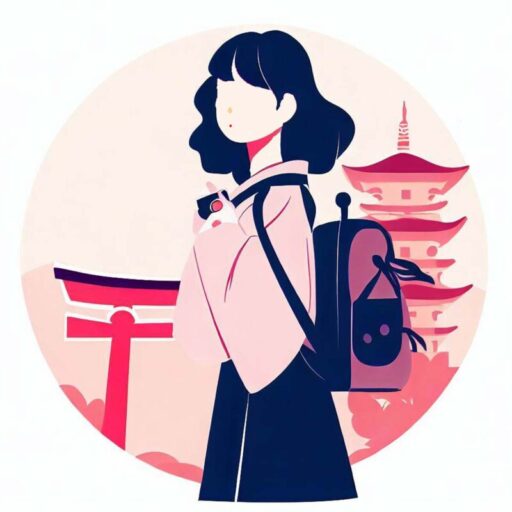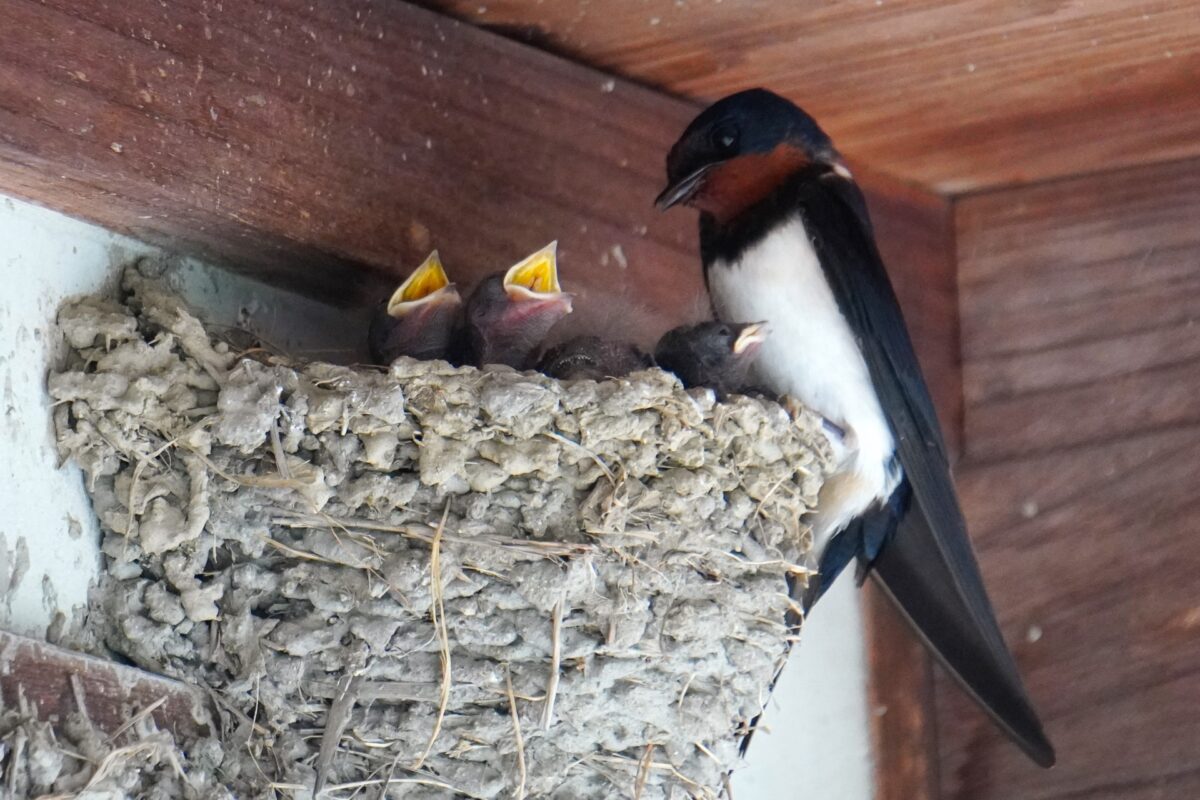Journey into the Essence of Seimei: Exploring the Customs and History of the Forty Seasonal Divisions

『 This article is… 』
This page focuses on the customs and festivals of Seimei throughout Japan, introducing everything from the traditional Seimei Festival in Kyoto to unique events in Okinawa. It is tailored for those who love to travel and have an interest in Japanese culture, enabling the discovery of the rich cultural aspects and regional characteristics associated with Seimei in various places. Readers will gain a deep understanding of Japan’s diverse traditions and regional charms, providing inspiration for their next travel plans.
Beginning of the Journey: Embracing the Charm of Seimei
Hello, my name is Kasumi. I am delighted to share my journey themed around one of Japan’s beautiful “sekki” (seasonal divisions), Seimei. As a travel web writer, I have deeply explored the culture and history of various regions across Japan. This time, I delve into the customs and historical background of Seimei, and its unique charm in modern times, which I am eager to convey to you.
Seimei signifies the arrival of spring, a time when life stirs and nature awakens. Across Japan, various customs thrive during this period. I look forward to sharing the distinct features of the regions I visited and the essence of Seimei I felt through interactions with locals. These experiences have deeply imprinted on my heart, transcending mere records.
Understanding the history and culture associated with Seimei, as well as its role in modern times, will allow you to touch the depths of Japan’s rich nature and culture. I aim to meticulously share the knowledge and emotions I gained through this journey. Let’s embark on this journey together to feel the breath of spring.
- Exploring the History and Origin of Seimei
- Exploring the Customs of Seimei Across Japan
- Feeling Japan’s Charm Through Seimei
- Learning the Depth of Japan Through the Journey of Seimei
- Kasumi Points
- Kyoto Prefecture – Kasumi Point: Traditional Seimei Festival
- Aomori Prefecture – Kasumi Point: Harmony of Cherry Blossoms and Seimei
- Nara Prefecture – Kasumi Point: Seimei and Grave Visits
- Ishikawa Prefecture – Kasumi Point: Culinary Culture of Seimei
- Okinawa Prefecture – Kasumi Point: Unique Seimei Customs
Exploring the History and Origin of Seimei
The Origin of Seimei and its Arrival in Japan
Seimei, originally one of the twenty-four sekki of China, marks a period between the vernal equinox and Grain Rain, when nature comes alive, and all things flourish. It reached Japan in the Nara period and since then, has become an integral part of Japanese customs. For the Japanese, traditionally an agrarian people, the period of Seimei is a crucial time to begin agricultural preparations.
Seimei and Japanese Tradition
In Japan, Seimei is a time to cherish spring. Various festivals and events unique to each region are held. For example, the Seimei Festival at Kamigamo Shrine in Kyoto is renowned, continuing ancient traditions to this day. In rural areas, the period of Seimei is significant for beginning rice planting preparations.
Seimei and Modern Society
Even today, Seimei holds a special meaning for many in Japan. Celebrating the arrival of spring and contemplating harmony with nature, Seimei has found new value in modern times. Urban areas host cultural events themed around Seimei, blending ancient traditions with contemporary lifestyles. At the Edo Tokyo Museum in Tokyo, I attended a special exhibition related to Seimei, connecting many people to the traditions of Japanese spring.
Understanding the historical background and contemporary meaning of Seimei allows us to appreciate the depth and diversity of Japanese culture. This journey of rediscovering the beauty of Japan’s seasons and its associated culture has been an enlightening experience for me. In the next part, I will delve deeper into the customs of Seimei observed in various parts of Japan.
Exploring the Customs of Seimei Across Japan
Regional Festivities Rich in Seimei
Each region in Japan has its unique customs and festivals related to Seimei. For example, in Hirosaki Park in Aomori Prefecture, cherry blossoms begin to bloom around Seimei, making hanami (flower viewing) a cherished event. This reflects the region’s heart in celebrating spring’s arrival and its harmony with nature.
Traditional Events During Seimei
Seimei also incorporates traditions of honoring ancestors. In Nara Prefecture, grave visits are common during this time, symbolizing the Japanese respect and gratitude towards their ancestors.
Regional Food Cultures of Seimei
Seimei brings out distinct regional culinary practices. In Kanazawa City, Ishikawa Prefecture, dishes made with seasonal spring ingredients are popular. At the Kanazawa Morning Market, fresh wild vegetables and spring greens abound, letting visitors feel the arrival of spring.
Seimei’s Connection to Modern Times
Today, Seimei is preserved as an old tradition while adopting new forms. For example, environmental conservation efforts during Seimei are increasing. I participated in a river cleaning event in Inuyama City, Aichi Prefecture, where locals used the time of Seimei to raise awareness of environmental preservation.
Seimei and New Forms of Communication
The rise of social media has made sharing customs and natural beauty of Seimei commonplace. By sharing photos of beautiful cherry blossoms or traditional events, people disseminate the beauty of Japan’s scenery and culture, forming new communities.
Thus, Seimei has evolved with time, bringing new values to modern Japanese society.
Feeling Japan’s Charm Through Seimei
Regional Customs Reflecting Seimei
Seimei serves as a mirror reflecting the regional diversity of Japan. From the area around Lake Toya in Hokkaido to Shuri Castle in Okinawa, each place has unique customs related to Seimei. These customs mirror the climate, culture, and history of each region, vividly showcasing Japan’s diversity. In Kagoshima Prefecture’s Sakurajima, I experienced local festivals aligned with Seimei, offering a glimpse into the region’s unique culture.
Seimei and Japan’s Seasons
Seimei is a particularly picturesque time in Japan’s seasons. The beauty of fresh greenery and flowers during Seimei is beloved by many as a symbol of spring. The cherry blossoms I saw in Hida Takayama, Gifu Prefecture, were among the most beautiful spring scenes.
Seimei and the Japanese Spirit
Seimei symbolizes the Japanese reverence for nature. Seasonal customs of remembering ancestors and celebrating nature’s beauty reflect the richness of the Japanese spirit. What I felt was the warmth of families and communities gathering during Seimei, reminding me of the deep bonds unique to the Japanese.
The Joy of Traveling During Seimei
A journey themed around Seimei is an excellent opportunity to deeply understand Japanese culture and nature. My experiences went beyond mere sightseeing, touching the soul of Japan. Participating in local Seimei customs and festivals allowed me to experience the unique fusion of Japanese tradition and modern culture.
The charm felt through Seimei lies not only in the beauty of the seasons but also in the warmth of the people and the depth of culture. Traveling across Japan centered around Seimei, I rediscovered the multifaceted allure and charm of Japan. In the next section, I will summarize the learnings and emotions from this journey, sharing the significance of Seimei with you all.
Learning the Depth of Japan Through the Journey of Seimei
Summarizing the Journey of Seimei
This journey, themed around Seimei, has been an opportunity to deeply understand Japanese culture, nature, and history. The Seimei customs and festivals I observed in various regions, and their distinct features, vividly showcase the diversity and rich culture of Japan. Traveling from north to south and interacting with local people, I felt a deep reverence for Japanese traditions and nature.
Lessons from Seimei
Seimei, as a time in Japan’s seasons, is particularly poignant. Through this journey, I reaffirmed the importance of respecting the cycle of nature, the bonds of family and community, and the cultural foundations rooted in the Japanese way of life. Additionally, witnessing the new roles and changes of Seimei in modern society, I understood that the harmony between tradition and modernity is a charm of Japanese culture.
Personal Reflections
The most valuable thing I gained from this journey is a new perspective on Japanese nature and culture. Quiet moments under the cherry blossoms, smiles at local festivals, and the solemn atmosphere of ancestral rites – all these experiences have deeply imprinted on my heart. Traveling across Japan, I felt the richness of the Japanese spirit living with the changing seasons and their flexibility in adapting traditions to the new era.
I am delighted to have shared the beauty and meaning of Seimei through this blog. Experiencing Seimei, a special time in Japan’s seasons, has been a journey of rediscovery into the depth and charm of Japan. I look forward to continuing my exploration of Japan’s beautiful culture and nature, sharing its allure through my travels.
Kasumi Points
There are various regional characteristics associated with the Seimei season across Japan. Below are the “Kasumi Points,” highlighting the unique features of Seimei in five different prefectures.
Kyoto Prefecture – Kasumi Point: Traditional Seimei Festival
In Kyoto Prefecture, the Seimei Festival at Kamigamo Shrine is held. This ancient ceremony, with its beautifully green spring setting, allows visitors to experience the harmony of tradition and nature in Japan.
Aomori Prefecture – Kasumi Point: Harmony of Cherry Blossoms and Seimei
At Hirosaki Park in Aomori Prefecture, cherry blossoms bloom beautifully during Seimei. The hanami under these blossoms symbolizes the alignment of Seimei customs and natural beauty, marking the start of spring in the region.
Nara Prefecture – Kasumi Point: Seimei and Grave Visits
In Nara Prefecture, grave visits are common during Seimei, where families gather to remember their ancestors. This custom deepens family bonds and symbolizes Japanese respect for ancestors, offering a glimpse into Japan’s family values through Seimei.
Ishikawa Prefecture – Kasumi Point: Culinary Culture of Seimei
Especially in Kanazawa City, Ishikawa Prefecture, Seimei brings seasonal culinary delights. The local morning market overflows with fresh wild vegetables and spring greens, offering a taste of the season. The regional cuisine during Seimei celebrates the arrival of spring with unique flavors.
Okinawa Prefecture – Kasumi Point: Unique Seimei Customs
Okinawa Prefecture has its unique Seimei customs. The Seimei Festival (Shīmī) involves families gathering to clean and maintain ancestral graves. This event reflects Okinawa’s distinctive family bonds and reverence for ancestors, showcasing the region’s rich cultural tapestry.
These “Kasumi Points” represent the diverse cultural customs and festivities of Seimei across Japan. Each region’s customs and festivals are shaped by its climate, history, and culture, creating unique traditions.








